Disclaimer: Selfishgenie Publishing has not received any payment or incentives from Best Page Forward or any of its affiliates for any of the content in this blog.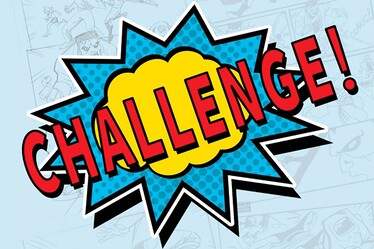 This week’s blog is something of a revisit to earlier blog posts. The reason we’re revisiting it is because it has been so influential in increasing our sales over recent months that we are certain that it can do the same for you. The 5 Day Author Ad Challenge is a free programme of videos and Facebook interactions that can help authors to increase their sales. Let’s deal with the elephant in the room first. You don’t need to spend money to benefit from this challenge.  To get the best out of the challenge it is necessary to spend some money on advertising, but if you don’t have any money to spare, then the challenge does include some ideas for things you can do for free, to make sure your books show up in Amazon’s search results. Saving up some money so you can take part in future challenges could, in our opinion, be the best investment you ever make in yourself and your writing. But the challenge isn’t just about Amazon searches. If you use other platforms, such a Draft2Digital, you can improve the chances of your book being found if anyone enters the right keywords into any search engine. People who don’t have a Kindle often search Amazon for ideas for new books, then go elsewhere to buy them. So, making it easier for people to find your books on Amazon can help regardless of where you publish them. 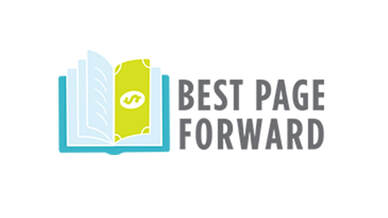 So, the first thing you have to do is sign up for the challenge, and I’ll provide a link for that at the end of the blog (don’t skip ahead! Oh, you already have). They are run every three months or so. They are provided by a guy called Bryan Cohen who runs a business called Best Page Forward, which provides training for authors on a range of book marketing skills. The challenge is a “loss leader”, designed to entice you into buying one or more of their training packages or other services. They also publish books related to book marketing and, if you can spare a few pounds (or Dollars, Yen, Euros, Bitcoin or whatever) we would suggest you buy them if you don’t want to do the challenge – or even if you do. We’ve posted links to our reviews of the books at the end of the blog too. The principle behind the challenge is that using Amazon Ads to sell books WILL always result in increased sales of your book, but by using the techniques and guidelines described during the challenge it will also make your ads more profitable. Profit is defined as royalties minus advertising costs, NOT sales income minus advertising costs. 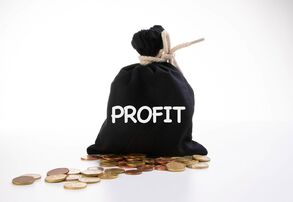 Here at Selfishgenie we are running a business and we aim to make a profit, so if we are able to make this pay then so can you. And we are making it pay. Now, to start with we aren’t talking about making telephone number sized incomes. If you spend £5 (or $, €, ¥ or whatever) it may return you £10. But if you then start to scale that up, £50 could make you £100, £500 could make you £1,000 and so on. So, you are able to start small to find out if it works for you. It will, so you can then start to invest some of your profits into more advertising and so scale it up over time. Bryan boasts of authors he has coached who are now on 6 digit earnings because of this challenge. We can’t verify that, but we can tell you that it has worked for us, and we are earning more profits from our ads than we ever have before, even if it isn’t a 6 digit profit. We have to be careful that we don’t infringe Bryan’s copyright in this blog, so we have to limit what we say to what is open access stuff that you can find on a number of websites. Because of that the best we can do is provide you with a taster. 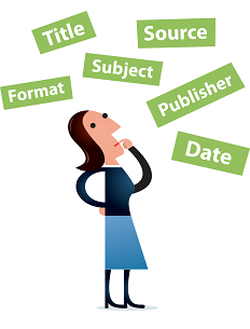 Bryan starts off by talking about the metadata for your book. This is the stuff that you enter on the very first tab of KDP when you self-publish your book. It includes the title, author name and more. Getting the metadata right is crucial to your book being found by search tools, whether it is using Amazon, Google or any other search engine. Getting the metadata right is the stuff that the challenge covers that is entirely free for you to implement. If you get nothing else from the challenge, you will have given yourself a better chance of your books being found. Next Bryan goes through using the different types of ad that are available on Amazon. Amazon Ads provide their own tutorial videos for that, but it is important to recognise that the aims of Amazon and the aims of the challenge are different. Amazon teaches you to use Amazon so that you can spend money on advertising and make THEM a profit. The aim of the challenge is to teach you to use Amazon Ads more efficiently so that YOU can make a profit. The Amazon tutorials teach you to do things in a way that is best for Amazon, not for you. However, the tutorials are good for helping you to find your way around the ads system and we would recommend watching them.  There are basically 4 types of ad, but only 3 of those are available outside of the USA. If you live outside the USA and want to advertise to American readers you can use that 4th type on Amazon.com. The easiest type of ad to use is the “automated ad”. This has simple settings and draws on the keywords in your metadata to identify readers to whom it will show your book (which is one of the reasons why metadata is so crucial). We have used this type of ad in the past and it does sell books, but it isn’t as targeted as the other two types of ad. That means that you have to get more ad clicks in order to sell books, which reduces profits, because you pay for each click. 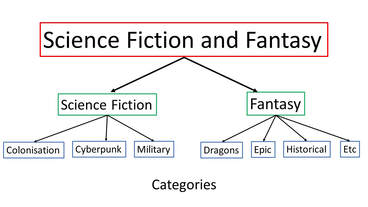 The second type of ad is the “category ad”. This is based on the categories you select when you set up your metadata on KDP. If you have selected “Romance>historical” then anyone who searches for that type of book will see your ad. They will also see that type of ad if they have ever bought that type of book. (We still see ads for Lego on our Amazon homepage because we once bought our grandson some Lego). Now, there are authors who like to call themselves “No 1 bestselling” and the way they do this without lying is to put their book into an obscure category that only requires one or two sales to get to the number 1 position in that category. For example, if an author puts their book in Kindle Store > Books > Home & Garden > Animal Care & Pets > Fish & Aquariums they can reach the number 1 spot with only 1 sale. KDP doesn’t read the book, so it will accept the entry even if the book is an historical romance. The author then gets their Mum to buy a copy and, hey presto, they are a No1 bestselling author. However, their vanity means that is the only book they will ever sell, because people who want to read historical romance will never see their book if they do a search for their favourite genre. The book will only be seen by people who are searching for books about keeping fish - and they are unlikely to buy it. So having your book in the right category is vital for sales and it is something that the challenge spends some time talking about. Vanity will be far better served by selling more books than by calling yourself a No 1 best-selling author. 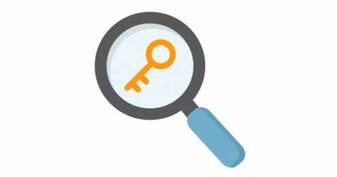 The 3rd type of ad is the manually targeted keyword ad. This requires the author to generate between 100 and 150 keywords which might be used to search Amazon. By including those keywords in your ad your book will be seen by anyone who uses those words to do a search for their next book. A lot of those keywords are either the title of a book, its subtitle, the series title or the author’s name. That’s because if readers have enjoyed a book, they will use one of those things to find their next read. Some even enter the ASIN for the book they read, which is Amazon’s product identification number for it. Generating keywords is time consuming, so the challenge talks about using some public access (ie free) browser plug-ins and websites to help speed up the process. 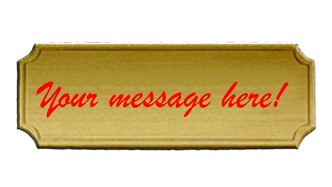 The final type of ad, which is only available for ads on Amazon.com, is the “custom ad”. This uses up to 150 characters of customised text as the “hook” to get people to click on the ad link. Again, the challenge talks about what makes a good hook, so you aren’t working totally blind. That type of ad can be used in conjunction with either categories or keywords to improve results. One of the things that the challenge points out is that if you set a budget, Amazon often doesn’t spend it all. So, if you set a daily budget of £5 ($5) which is the level recommended by the challenge, it doesn’t mean you will spend £5 x 30 = £150 a month. Our experience backs that up, because we only spend a fraction of the budget we set each month. But if your ads are profitable, the actual budget you set doesn’t matter anyway, because you will always come out on top. If you have never done this before, then saving up £150 so you can give it a try is very worthwhile. And you have time to do that before the January challenge. The next challenge is actually October, but you may not have had time to save up before then, but if you are someone who has a bit of spare cash, then we would recommend doing the challenge sooner rather than later. After all, why wait until January to find out how to sell more books? 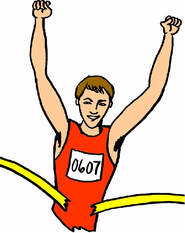 There is a word of warning we must give, however: patience isn’t just a virtue, it is an essential. Results aren’t instantaneous. It can take 2 or 3 days just to get the first click on an ad, and it may need 10 or 20 clicks to make your first sale. But the system learns from those clicks and gets better at sending ads to the right people, so sales increase and the number of clicks needed to make a sale goes down. By “sale” we include KindleUnlimited downloads. A good result is 6-8 clicks per sale. We are getting a sale for every 4.8 clicks for one of our ads, which is excellent. As you can guess, we are very happy to recommend the challenge to you, our readers. Remember, it is free to undertake, and you don’t actually have to spend money on Amazon Ads if you don’t want to. But we think you will gain far more than you spend if you do. You can find out how to register for the next 5 Day Challenge by going onto the challenge's Facebook Page and following it. It is closed for posts and comments right now, but will re-open nearer the time. I would suggest checking it from about mid-September onwards. For our review of “Self Publishing With Amazon Ads” click here. (you will need to scroll down to find it) For our review of “Fiction Blurbs, The Best Page Forward Way” click here (again, you will need to scroll down). If you have enjoyed this blog, or found it informative, then make sure you don’t miss future editions. Just click on the button below to sign up for our newsletter. We’ll even send you a free ebook for doing so.
0 Comments
Leave a Reply. |
AuthorThis blog is compiled and curated by the Selfishgenie publishing team. Archives
June 2025
|
 RSS Feed
RSS Feed